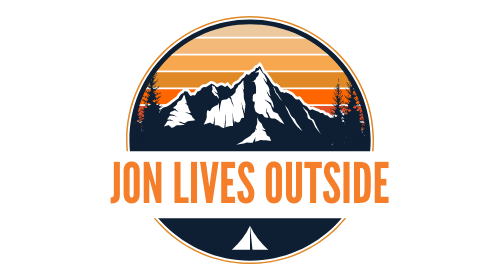Efficient Backpack Packing Techniques Revealed
Packing a backpack efficiently can make your adventure much more enjoyable. Begin by placing lightweight items like a sleeping bag at the bottom.
Place heavier gear, such as a tent and stove, in the middle for better balance.
Keep your essentials, like rain gear and snacks, at the top so you can reach them easily.
Categorizing your gear into sections—shelter, sleeping, cooking, clothing, and essential items—helps keep everything organized.
Don't forget essentials like a first aid kit and map.
Want more tips? Keep reading for additional advice!
Optimal Packing Strategy
Optimal Packing Strategy for Your Adventure
Packing your backpack efficiently can make your trip more enjoyable. Divide your backpack into three sections: bottom, middle, and top.
Bottom Section: Start by placing lightweight items such as your sleeping bag. This keeps the base light and steady.
Middle Section: Pack heavier items like your tent and stove here. This balances the weight, making your pack easier to carry.
Top Section: Stash essentials like rain gear, snacks, and a water filter for quick access. This prepares you for sudden changes in weather or hunger pangs.
Organizing your backpack this way ensures a comfortable, balanced load, allowing you to focus on enjoying your adventure.
Essential Gear Organization
Efficient Gear Organization for Backpacking
Before packing for my backpacking trips, I make sure to organize all my gear. This ensures that nothing essential gets left behind. I start by laying out everything and sorting it into categories. This approach helps me avoid forgetting important items and allows me to identify what I can leave out to save weight. Here's a quick look at my gear organization:
| Category | Example Items |
|---|---|
| Shelter | Tent, groundsheet |
| Sleeping | Sleeping bag, pad |
| Cooking | Stove, fuel, pot |
| Clothing | Jacket, socks, hat |
| Essentials | First aid kit, map, compass |
Every item has its place, making it easy to find things quickly. This system not only saves space but also gives me confidence, knowing I'm prepared for different situations.
Quick Tip: Always double-check your essentials category. Items like a first aid kit, map, and compass are crucial for safety and navigation.
Bottom Pack Configuration

How to Pack the Bottom of Your Backpack
After organizing my gear, I start packing by placing less critical items like my sleeping bag at the bottom of the pack. This ensures that the items I won't need throughout the day are out of the way, making space for essential gear above.
I use a compression sack to save room and keep everything snug. Next, I fill any gaps with loose clothing, ensuring a balanced distribution. I sometimes use a trash bag as a waterproof liner for extra protection against unexpected rain.
Here's how I pack the bottom:
- Sleeping bag: Compressed to save space.
- Loose clothing: Fills gaps and balances weight.
- Trash bag liner: Keeps everything dry.
- Extra layers: Only if I won't need them during the day.
Middle Pack Essentials
Packing the Middle Section: Essentials for Stability
When organizing my backpack, I make sure to place the heaviest items in the middle section. This helps keep the pack balanced and stable.
I start with my tent, which, despite its bulk, fits snugly.
Next, I add my compact but sturdy stove.
Finally, I place my food, stored in a bear canister, beside the stove.
Top Pack Necessities

I always keep my rain gear, first aid kit, snacks, and water filter at the top of my pack for quick and easy access. These essentials are crucial, especially when you're out in the wild and need something urgently. When I pack, I follow a simple checklist to ensure nothing gets left behind.
- Rain Gear: The weather can change suddenly, so having a rain jacket and pants within reach is a must.
- First Aid Kit: Accidents happen, and being prepared can make all the difference.
- Snacks: Keep energy bars or trail mix handy for a quick boost.
- Water Filter: Clean water is essential, so having your filter accessible can save time.
This setup keeps me ready for anything!
Conclusion
Pack Your Backpack Like a Pro
Packing your backpack efficiently can make a significant difference in your adventures. A well-balanced pack can reduce back pain by up to 30%.
Here's how to do it: place lighter items at the bottom, heavier gear in the middle, and keep essentials at the top. This method ensures you're prepared for anything that comes your way.
Next time you head out, keep these tips in mind for a more comfortable and enjoyable journey. Happy hiking, and may your backpack always be a pleasure to carry!
